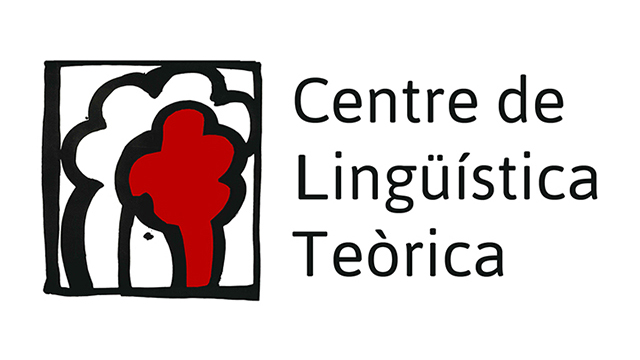
2nd Carme Picallo Annual Lecture – Antonio Fábregas (U. of Tromsø) "Gender marking is syntactic: agreement, alternations, appreciative morphology"
El Centre de Lingüística Teòrica de la UAB dedicarà una conferència anual de lingüística teòrica a la memòria de la Dra. Carme Picallo. Les “Conferències en memòria de Carme Picallo / Carme Picallo Annual Lectures“, dictades per un lingüista de prestigi reconegut, ens permetran homenatjar la nostra col·lega i amiga, i enfortir les relacions internacionals.
Antonio Fábregas (University of Tromsø)
Gender marking is syntactic: agreement, alternations, appreciative morphology
Data: 25 de febrer del 2022
Hora: 15:30
Lloc: Aula 402
Facultat de Filosofia i Lletres
Emissió per TEAMS
Gender marking is syntactic: agreement, alternations, appreciative morphology
Antonio Fábregas
University of Tromsø-Norway’s Arctic University
antonio.fabregas@uit.no
The nature of gender, as opposed to number or tense, is particularly controversial in the debate about the autonomy of morphology, and has been a particularly problematic category to analyse in models where syntax accounts for word formation. Gender is in principle special because (i) not all languages use this category on the surface (ii) when present, gender has what seems to be both inflectional properties and properties expected of morphological derivational processes and (iii) gender seems to produce a chaotic pattern of data. The goal of this talk is to show, starting from ideas originally formulated in Picallo (2008, 2017), that gender displays the behaviour expected of a syntactically active category, contra approaches which treat it as an at least partially morphological or lexical property, such as Harris (1991). What makes gender special is that the surface representation involves exponents that cross two distinct syntactic areas, one assimilated to classifiers and one assimilated to nominal phi features. Empirically, in this talk we will argue for this approach based on three families of facts:
a) So-called appreciative suffixes fall into three classes with respect to their gender behaviour: (i) suffixes that alter the gender value and the morphological marking of gender (1), (ii) suffixes that alter the morphological marking of gender but preserve its gender value (2), (iii) suffixes that preserve gender and can also preserve the gender marking of the noun (3). This is what we expect if gender involves two distinct areas, so that additional syntactic constituents can be introduced at different heights within these areas.
(1) la piba ‘girl’ > el pib-ón ‘the pretty girl’
(2) el problema ‘the problem’ > el problem-az-o ‘the big problem’
(3) el problema ‘the problem’ > el problem-it-a ‘the small problem’
b) Languages can actively add heads within the classifier area, without manipulating the internal structure of the phi feature area, as witnessed by the grammatical behaviour of so-called ‘inclusive gender’ (4)
(4) les chiques ‘the young people’ > les chiqu-it-es ‘the nice / small young people’
c) The difficulty of having gender mismatches in ellipsis (5a) in contrast to number mismatches (5b) rather than denying the syntactic status of gender confirms it, as noun classifiers are syntactically low and contained in the domain of material involved in ellipsis, which forces gender phi features to be identical across the two NPs.
(5) a. *el hijo de Juan y la e de Pedro
the son of Juan and the of Pedro
Intended: ‘Juan’s son and Pedro’s daughter’
b. el hijo de Juan y los e de Pedro
the son of Juan and the of Pedro
‘Juan’s son and Pedro’s son



